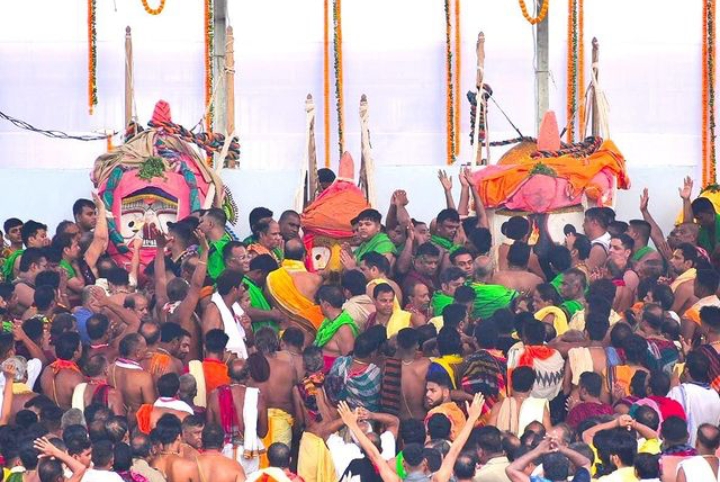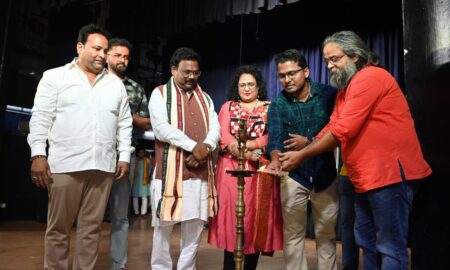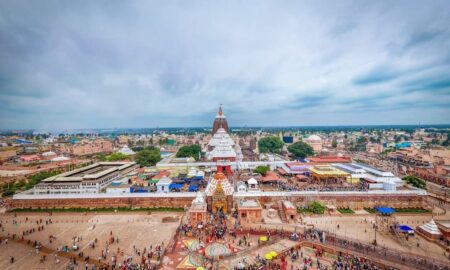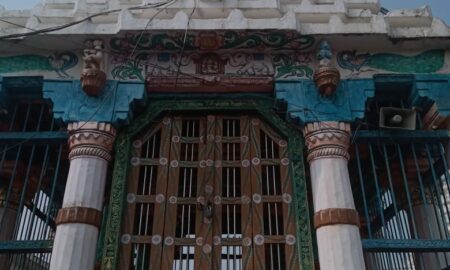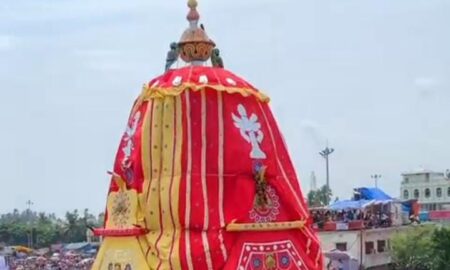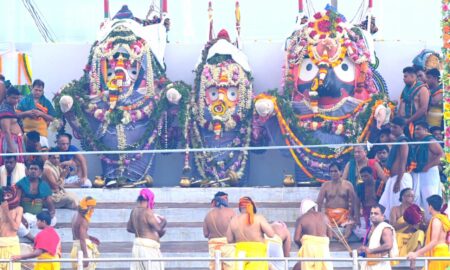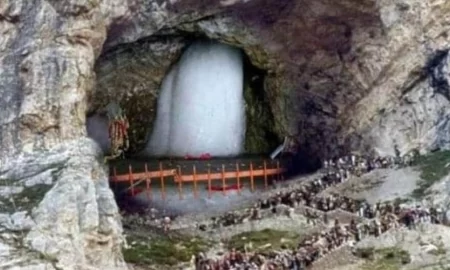More in Special Report
-
Odishalinks turns 7, celebrates with drama ‘Kalijuge Jagannath’ and Odishalinks Spotlight Awards
Share the newsBhubaneswar, July 4: Odishalinks, the leading digital channel of Odisha, turned 7 recently. and celebrated its seventh anniversary at...
July 4, 2024 -
Celebrating Doctor’s Day: Honoring the Heroes of Healthcare on July 1st
Share the newsToday, the nation comes together to celebrate National Doctor’s Day on July 1, honoring the dedication and sacrifices of...
July 1, 2024 -
Rath Yatra: A Global Celebration of Devotion
Share the newsRath Yatra, the grand chariot festival of Lord Jagannath, originated in Puri, Odisha, but has transcended borders, becoming a...
June 28, 2024 -
Kendrapada Baldevji Mandir’s Annual Rath Yatra: A Grand Celebration of Devotion and Tradition
Share the newsEach year, the town of Kendrapada in Odisha comes alive with the vibrant and spiritually enriching festival of Rath...
June 28, 2024 -
Rainy Season Ailments: Prevention and Cure
Share the newsAs the monsoon rains drench the landscape, they bring not just relief from the scorching heat but also a...
June 27, 2024 -
Rath Yatra 2024: A Journey of Devotion and Unity
Share the newsPuri, Odisha – June 2024: The vibrant city of Puri, Odisha, is set to host the annual Rath Yatra,...
June 26, 2024 -
Lord Jagannath and Siblings Enter Anasara Ghara: Embracing Rituals of Renewal
Share the newsPURI, Odisha – In a deeply revered annual tradition, Lord Jagannath and his siblings, Balabhadra and Subhadra, have entered...
June 25, 2024 -
Annual Amarnathji Yatra 2024: Pilgrims Prepare for Sacred Journey Amid Heightened Safety Measures
Share the newsThe sacred Amarnathji Yatra, dedicated to worshipping ‘Baba Barfani,’ is set to commence on June 29 and will conclude...
June 25, 2024 -
Celebrating Pride Month 2024: Unity, Progress, and Community
Share the newsJune brings with it a vibrant celebration of Pride Month 2024. Across the globe, LGBTQ+ communities and allies are...
June 24, 2024








